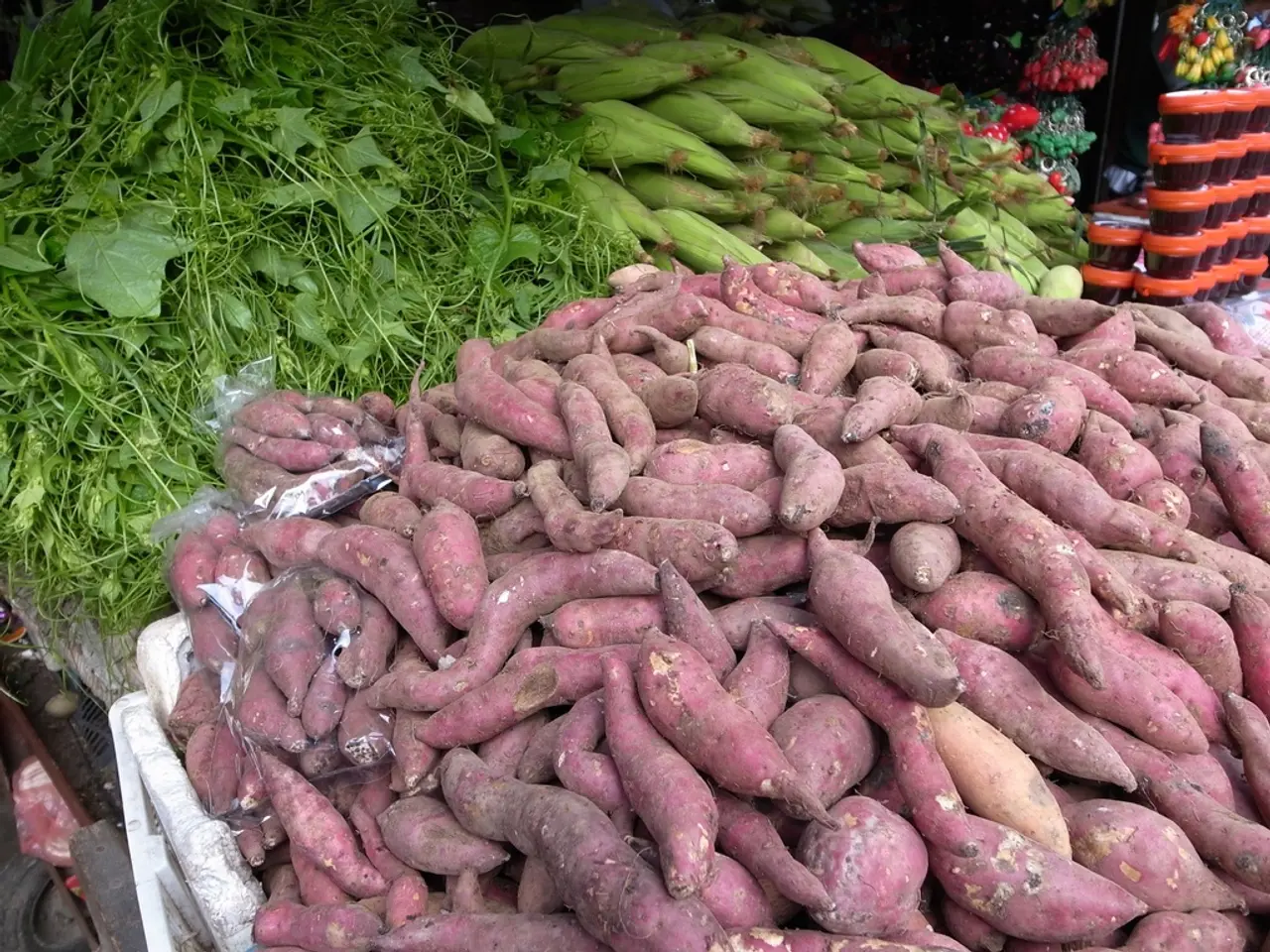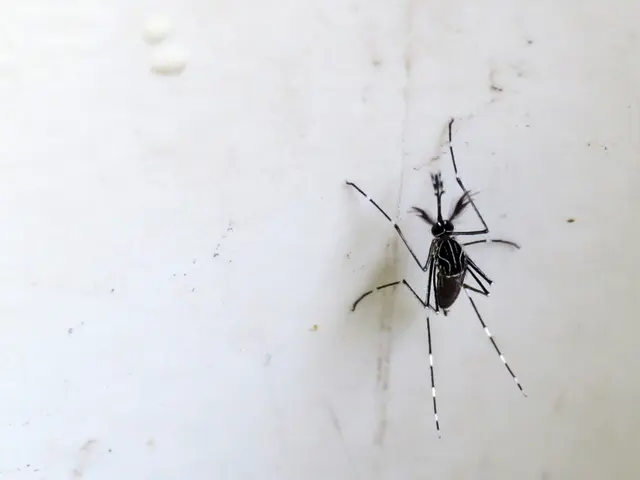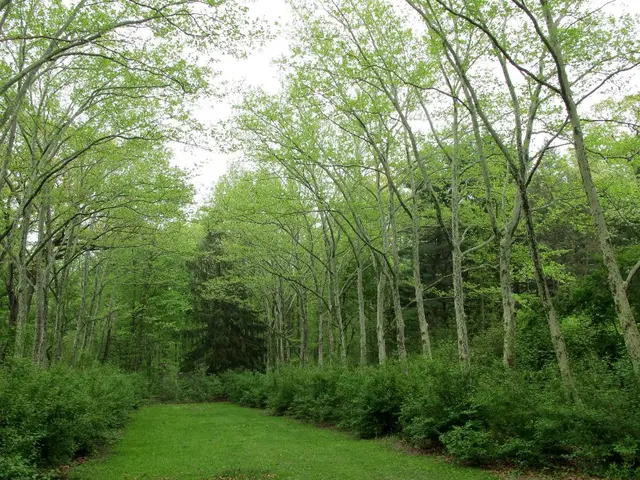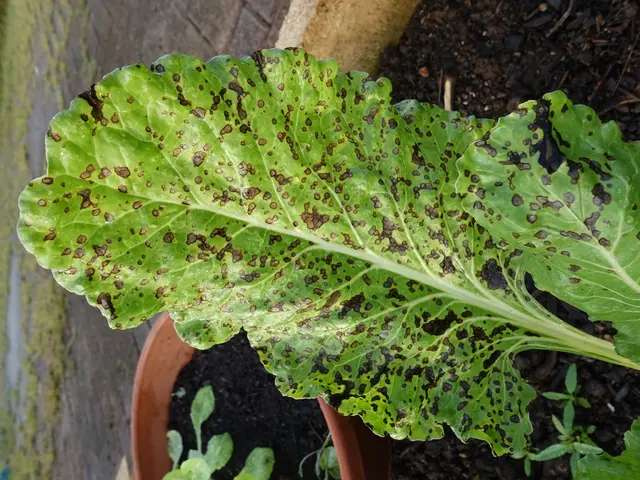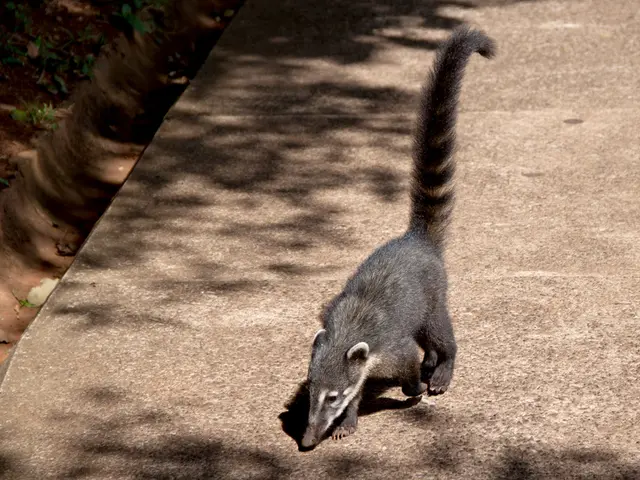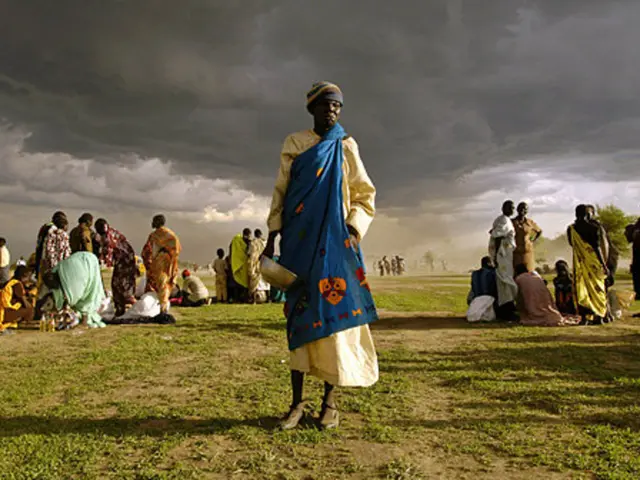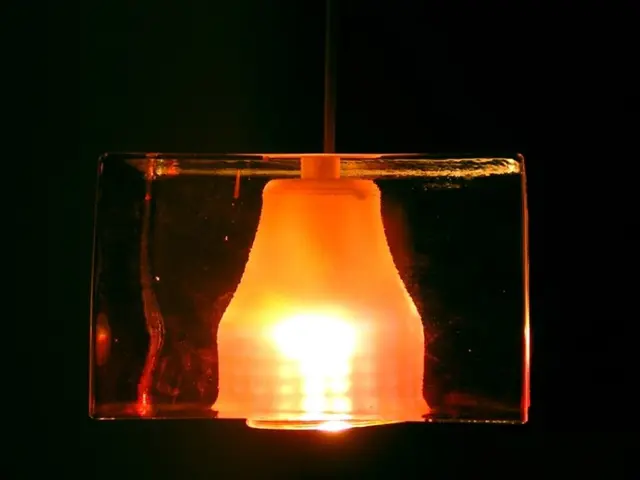Planting in January: Exploring Winter Blooms and Frost-Tolerant Vegetables
January Gardening: A Season for Cool-Weather Crops
Embrace the chill and get your garden growing! While the first thoughts of a beginner gardener might drift towards spring, January is an excellent opportunity to cultivate cool-weather crops. Here's what I've planted this month and why these selections are ideal for my Arkansas climate.
Want to see a visual walkthrough? Check out the video here.
Cool Crops Galore
Let's dive into the crops I've started in my January garden:
- Home Garden Layout
- Onions
- Broccoli, Cabbage, and Cauliflower
- Celery
- Lettuce
- Herbs
- Greens, Arugula, and Spinach
- Greenhouse Tomatoes
- Potato Prep
- A Climate Thought
Don't forget to grab your 2025 Garden Planner now to help you along your thriving gardening journey.
Garden Layout Basics
Before we dive deep, let's discuss my gardening setup. Located in Arkansas, zone 8a, our average last frost date arrives in early April. That means January is all about cool-weather crops that thrive in cooler temperatures and can handle light frosts.
Onions Lead the Pack
Onions are my primary January seeds. Growing onions from seed can be tricky, so starting with transplants might be a better choice if you're just starting out. Onion seeds require about ten weeks indoors before they're ready to be transplanted.
Sometimes I grow mine in a heated greenhouse with grow lights. More often, I start them indoors to give them the best possible start. Since onions can go into the garden about a month before the last frost, it's essential to start them early.
Broccoli, Cabbage, and Cauliflower
These cool-season vegetables are best started indoors mid-January or around ten to twelve weeks before your average last frost date. Timing is everything! If you're in a warmer climate like mine, transplanting these crops too late can lead to poor results. Warm weather may cause them to bolt-flower prematurely, resulting in wasted work. I aim to have them ready for the garden about a month before my last frost date, which usually means I am planting them in the ground in early March.
Celery for a Slow Start
Celery is another slow grower that benefits from an early start. I plant celery seeds indoors in mid-January, alongside my broccoli and cabbage. While celery can handle a light freeze, temperatures in the twenties can lead to damage. To ensure a successful harvest, I'll transplant it into the garden about two weeks before my last frost date.
Lettuce and Fresh Salads
Lettuce is fantastic for January indoor planting. I begin with cold-tolerant varieties like Winter Density and Tango. By starting early, I can transplant them into the garden or greenhouse by late February or early March, which ensures a quick harvest. To maintain a steady supply, I plant a second round of lettuce indoors in late January.
Herbs for Winter Flavor
January is also perfect for planting slow-growing, cold-hardy herbs like parsley, feverfew, echinacea, oregano, and marshmallow. If they're perennial crops in my climate, I'm not overly concerned about keeping them warm. Instead, I try to mimic their natural growth cycles, ensuring strong, resilient roots. By doing so, my herbs thrive when planted outside later in the season.
Greens, Arugula, and Spinach
Unlike other crops, these cold-hardy greens can be sown directly in the garden as long as the soil isn't frozen. Greens, arugula, and spinach are among the earliest crops that can be harvested, making them great options for January planting.
Greenhouse Tomatoes: A Taste of Warmer Days
While it's too soon for outdoor tomatoes, I am experimenting with planting a few tomato seeds indoors at the very end of January. These plants will move to my heated greenhouse, giving them a head start before moving outside when the frost risk has passed. This has resulted in early tomato harvests-often over a month earlier than traditional plantings.
Planning for Potatoes
Though I don't plant potatoes in January, it's the month I order my seed potatoes. Once they arrive, I green-sprout them for a head start come spring planting. If you're curious about growing potatoes, you can click here to learn more.
A Climate Note
What you plant in January significantly depends on your climate and your average last frost date. Although I'm in zone 8a, your planting schedule might vary. Remember, your garden zone tells you how cold your winters are, but your frost date determines the safe planting time frame.
If you're uncertain when to start planting, I've created a simple guide called the When to Plant Cheat Sheet. It's designed to help gardeners in any climate determine the most ideal planting schedule for your area. Download it here.
January might not be the most bustling month in the garden, but it's an excellent opportunity to get a jumpstart on cool-weather crops. Planting seeds indoors, in a greenhouse, or directly in the garden will set you on the path to a bountiful spring harvest. So, what are your January planting plans? Share in the comments!
Share on Facebook Share on Twitter Share on Pinterest Share on Email Share on WhatsApp
Special Resources
Make your gardening journey a success, and access these free guides today:
ACCESS THE FREE GUIDES NOW
- Start your garden planning early in January for cool-weather crops, as the first thoughts of new gardeners might drift towards spring.
- For a visual guide on January gardening, consider checking out garden printables and videos like this one: [watch_it_here].
- In the Arkansas climate (zone 8a), beginning with transplants for onions might be beneficial due to their slow growth while starting seeds indoors is recommended for broccoli, cabbage, and cauliflower.
- To plan your garden layout effectively, keep in mind the average last frost date in your area, and research climate-appropriate crops accordingly (such as greens, arugula, and spinach for zones with an early last frost date).
